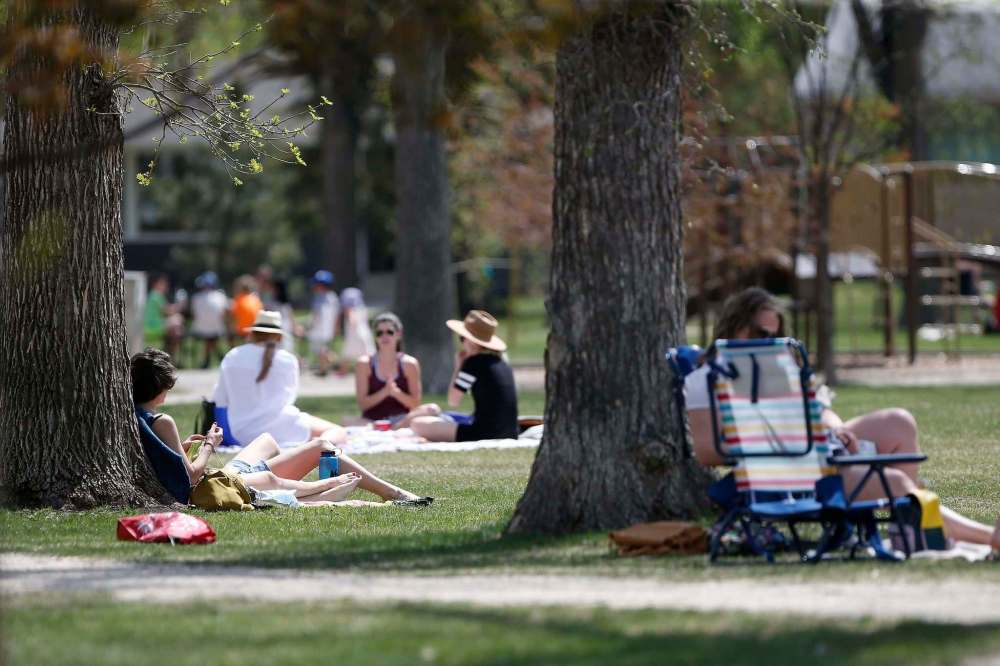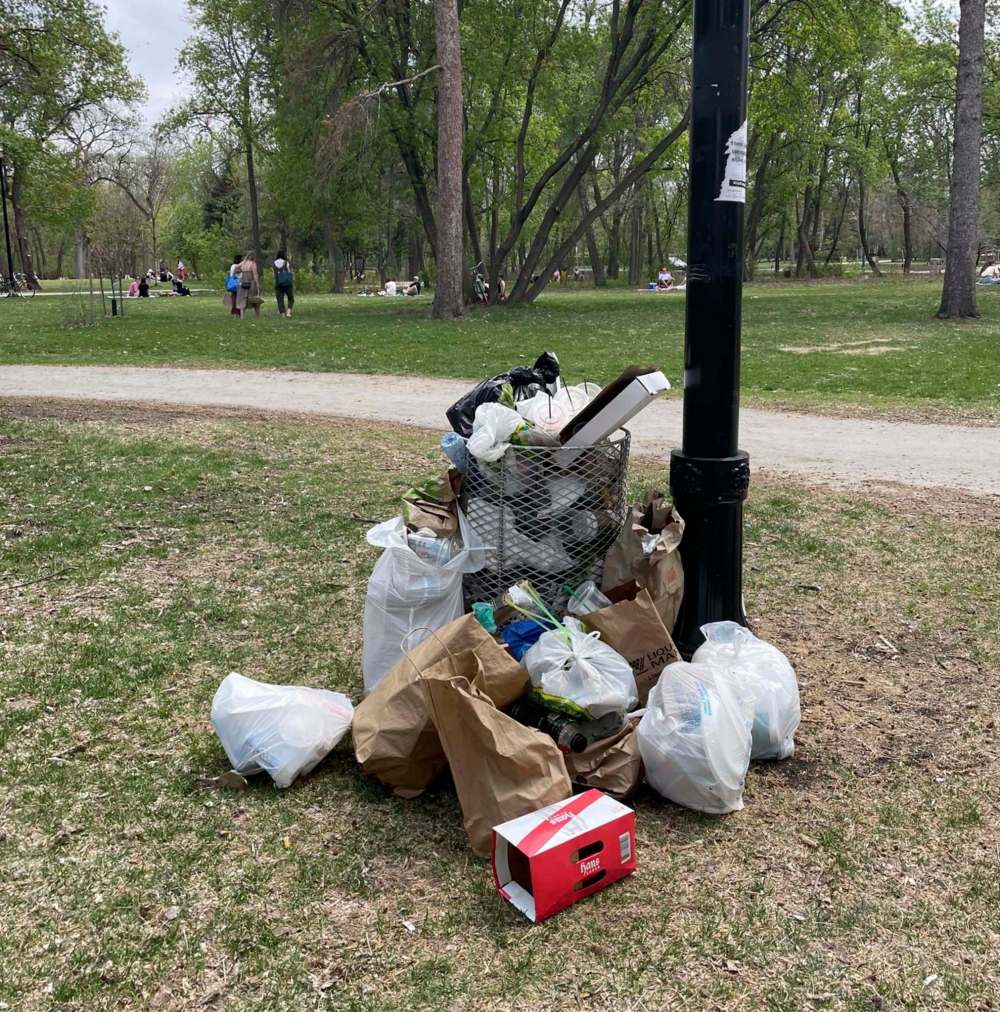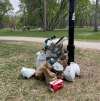Regular cleanup essential in city’s busy parks
Read this article for free:
or
Already have an account? Log in here »
To continue reading, please subscribe:
Monthly Digital Subscription
$0 for the first 4 weeks*
- Enjoy unlimited reading on winnipegfreepress.com
- Read the E-Edition, our digital replica newspaper
- Access News Break, our award-winning app
- Play interactive puzzles
*No charge for 4 weeks then price increases to the regular rate of $19.00 plus GST every four weeks. Offer available to new and qualified returning subscribers only. Cancel any time.
Monthly Digital Subscription
$4.75/week*
- Enjoy unlimited reading on winnipegfreepress.com
- Read the E-Edition, our digital replica newspaper
- Access News Break, our award-winning app
- Play interactive puzzles
*Billed as $19 plus GST every four weeks. Cancel any time.
To continue reading, please subscribe:
Add Free Press access to your Brandon Sun subscription for only an additional
$1 for the first 4 weeks*
*Your next subscription payment will increase by $1.00 and you will be charged $16.99 plus GST for four weeks. After four weeks, your payment will increase to $23.99 plus GST every four weeks.
Read unlimited articles for free today:
or
Already have an account? Log in here »
Hey there, time traveller!
This article was published 20/05/2021 (1664 days ago), so information in it may no longer be current.
Parks were never part of the original urban plan. North America’s earliest cities were purpose-built, dense and dreary; designed around industrial factories and the droves of people rushing in from the countryside to work at them. Cities were all function and no form.
It wasn’t until the 1830s that urban planners started recognizing the value of greenspace as a way to increase property values and cure what was known as “urban malaise,” brought on by city dwellers’ disconnection from nature. Those factors, along with a push from the City Beautiful Movement, led to an enthusiastic era of park building in Canada.

During the past 14 months, urbanites have rediscovered the power of parks as an antidote to what might be described as “pandemic malaise.” Winnipeg parks have seen a drastic uptick in visitation during the pandemic — some greenspaces, such as La Barriere Park south of the city, have seen a 90 per cent increase.
Unfortunately, the recent rush back to nature has had some not-so-picturesque side effects.
In a Free Press story this week, residents reported overflowing garbage bins, litter and food waste strewn across their beloved parks. It’s an unsurprising problem, considering how many more people are visiting parks right now, and it’s one the city of Winnipeg should be doing more to address.
Public outdoor spaces are virtually our last available haven under the current strict public-health restrictions. At a time when there are precious few options for a change of scenery, a socially distanced picnic or a walk in the neighbourhood park can serve as a much-needed break from the claustrophobic reality of our daily lives.
It’s not news that mental health is suffering amid the pandemic — the New York Times recently popularized the term “languishing” to describe the sense of stagnation and emptiness many people are currently feeling. In Canada, residents are reporting high rates of anxiety and depression owing to the public-health crisis, according to a national poll by Mental Health Research Canada.
Until COVID-19 case numbers start dropping and vaccination rates rise higher, we won’t be able to ease the restrictions that are weighing people down. In the meantime, spending time in nature is a proven salve to the stress of the pandemic.
Until COVID-19 case numbers start dropping and vaccination rates rise higher, we won’t be able to ease the restrictions that are weighing people down. In the meantime, spending time in nature is a proven salve to the stress of the pandemic.
Winnipeg is the land of (almost) 1,000 parks. The city has 973 parks of varying size and usage, to be exact, and keeping them clean is the duty of the public works department. It’s unclear at the moment, however, how many employees are responsible for garbage pickup in parks.
The fact trash receptacles are often overflowing suggests park users are trying to do the right thing with their litter, but the infrastructure (garbage cans) and service schedule (frequency of emptying) appears to be lacking.

City officials say they’re aware of the issue, and are offering temporary reassignments for recreation and leisure staff to park maintenance crews this summer. At the same time, the city has made it clear there’s no room in the budget for additional garbage cans — a measure that would seem to offer a quick and easy solution.
Because they’re shared public spaces, it’s everyone’s responsibility to keep parks clean. In order for visitors to do their part and throw garbage in the bins, those bins need to be available and usable.
With long-awaited warm weather finally arriving, people want to be outside. They need to be outside. It’s up to the city to ensure that unsightly, smelly, overloaded and underserviced trash receptacles don’t deter them from seeking that necessary respite in public spaces.







